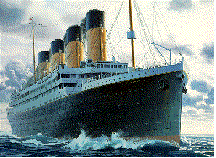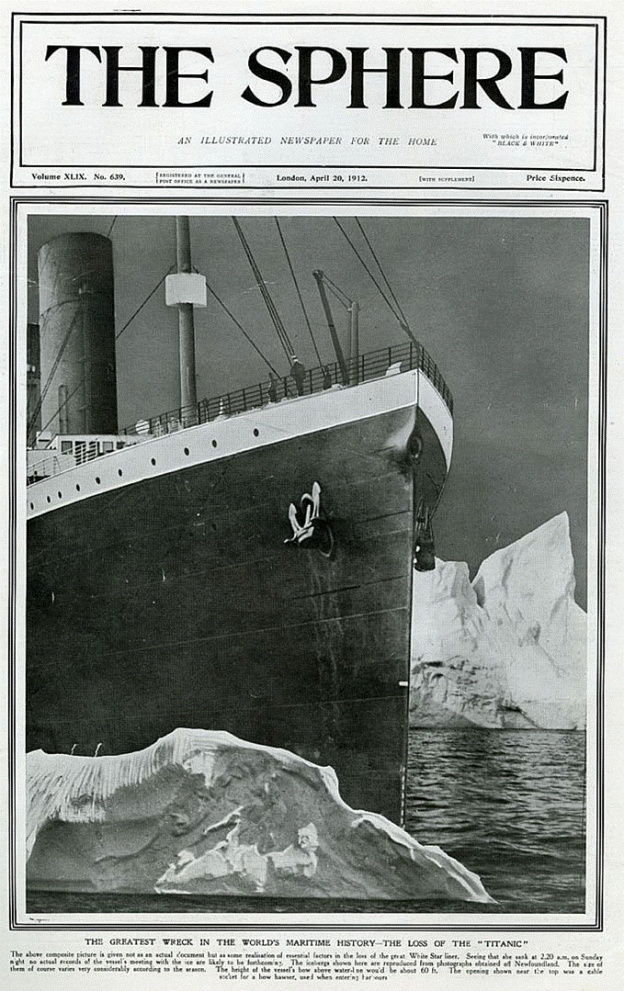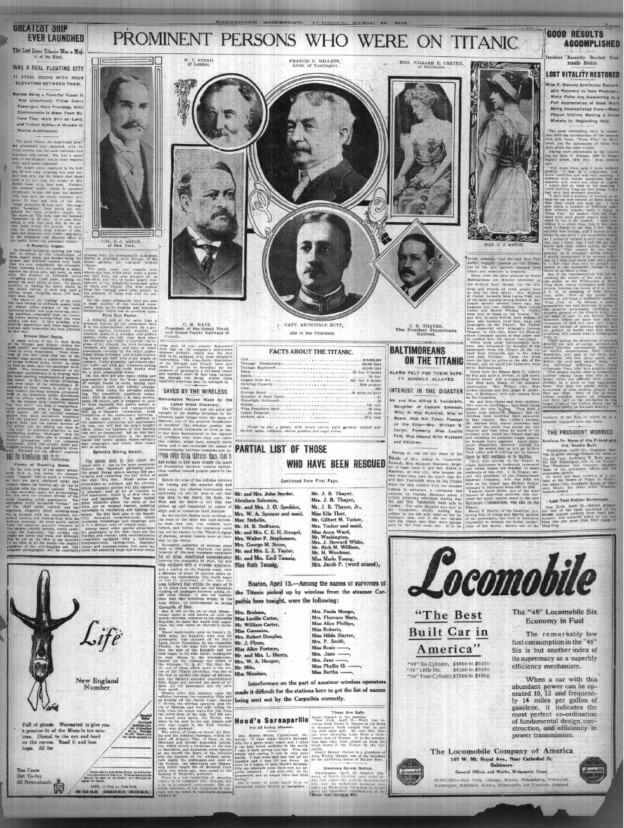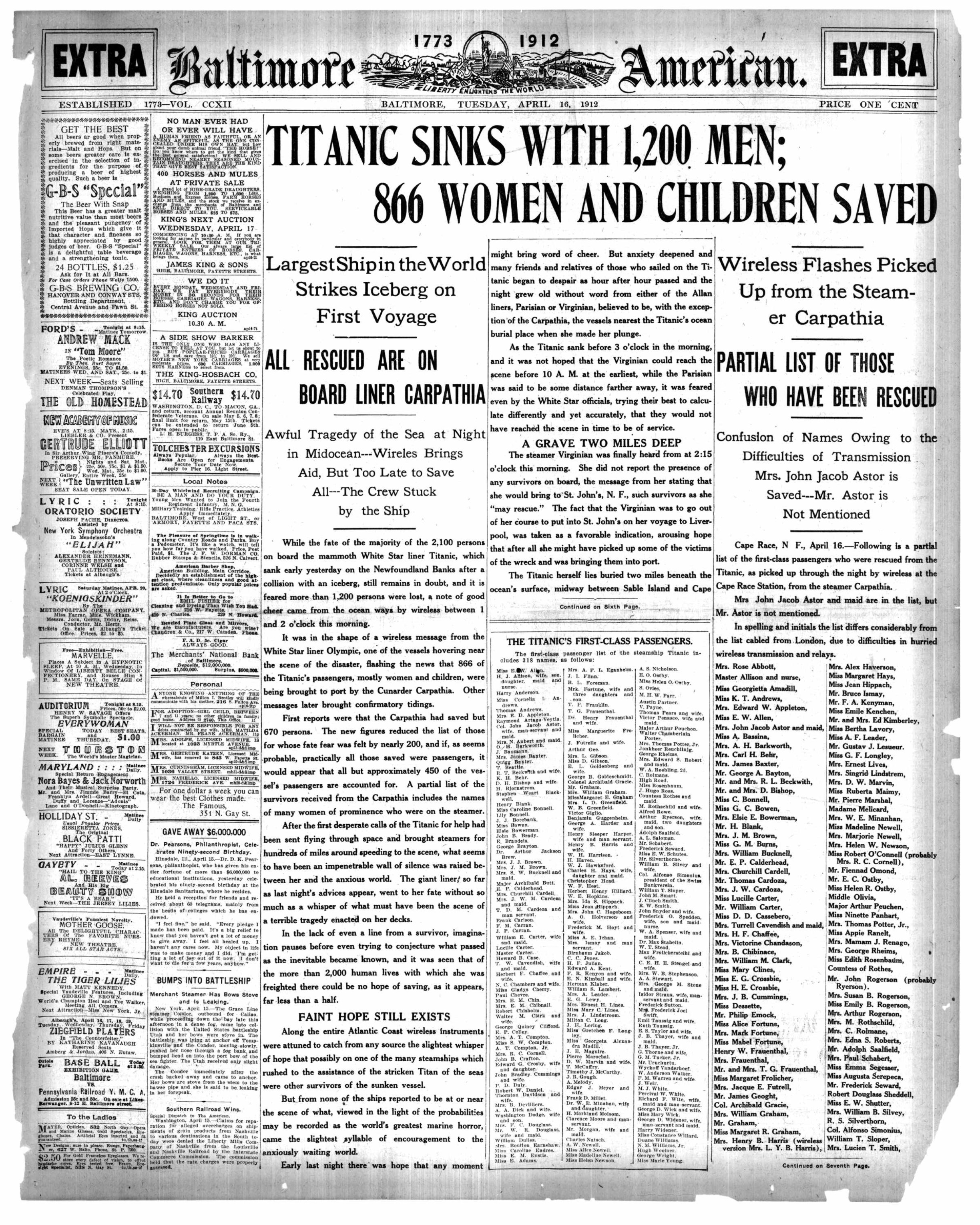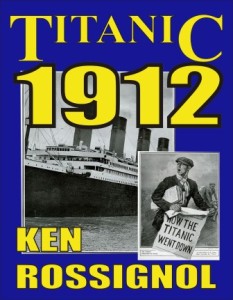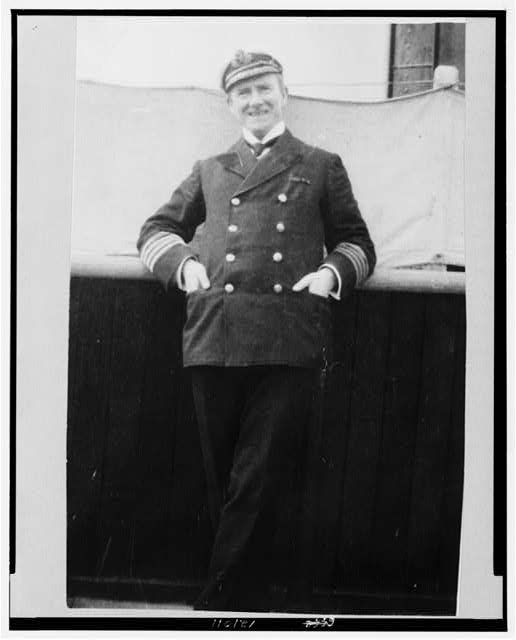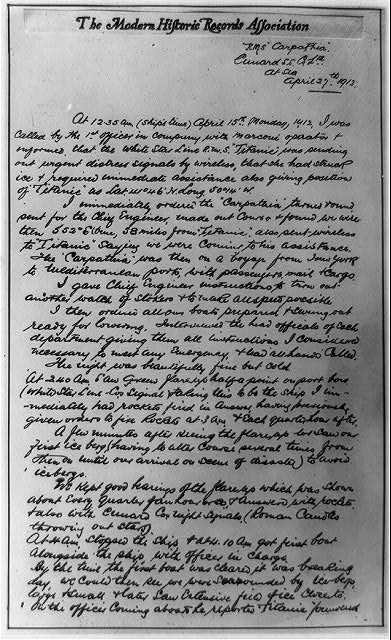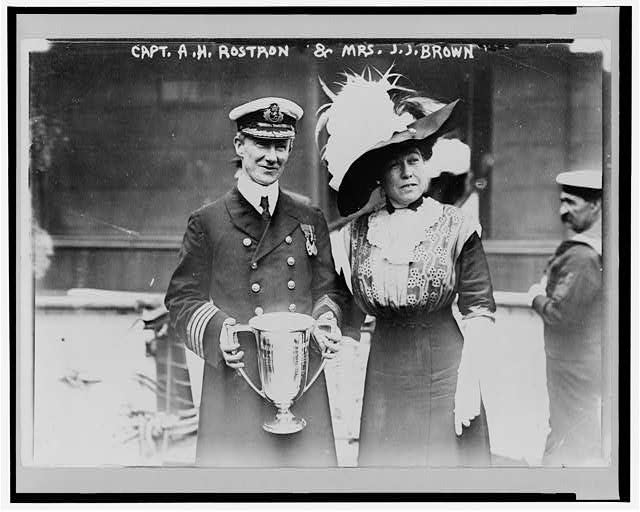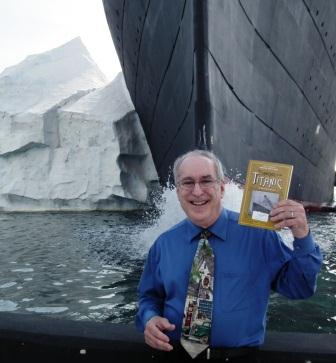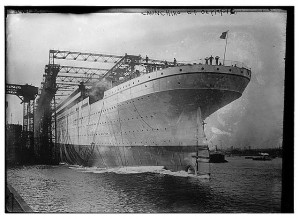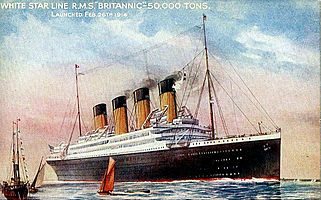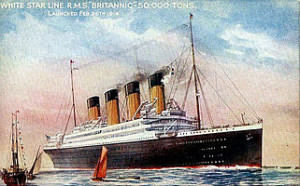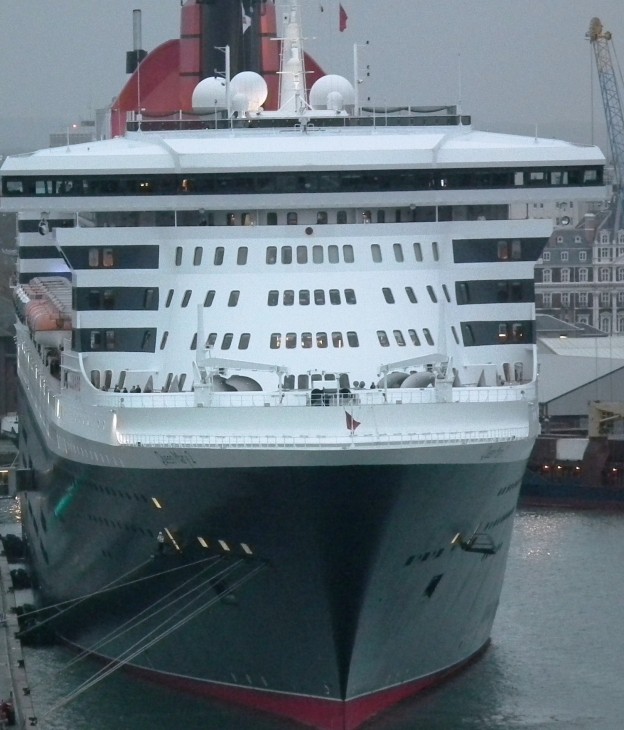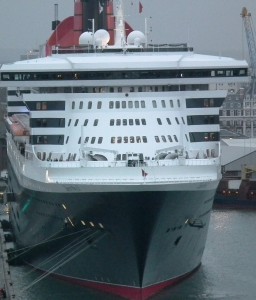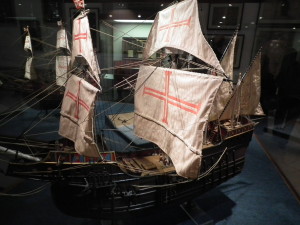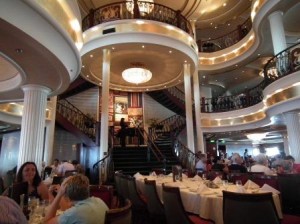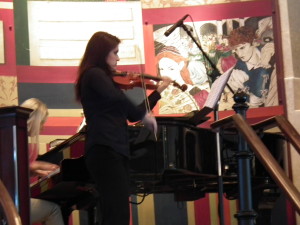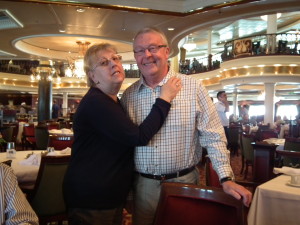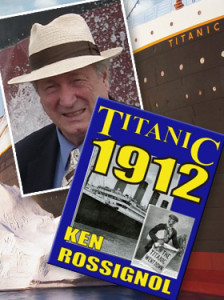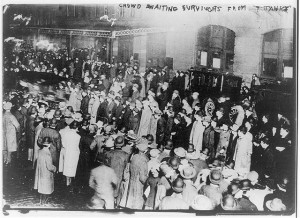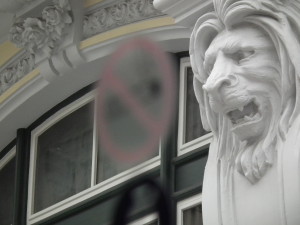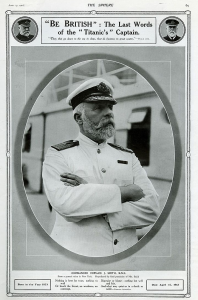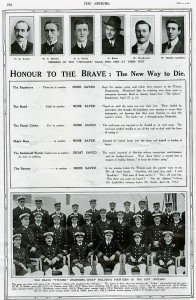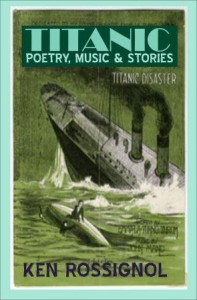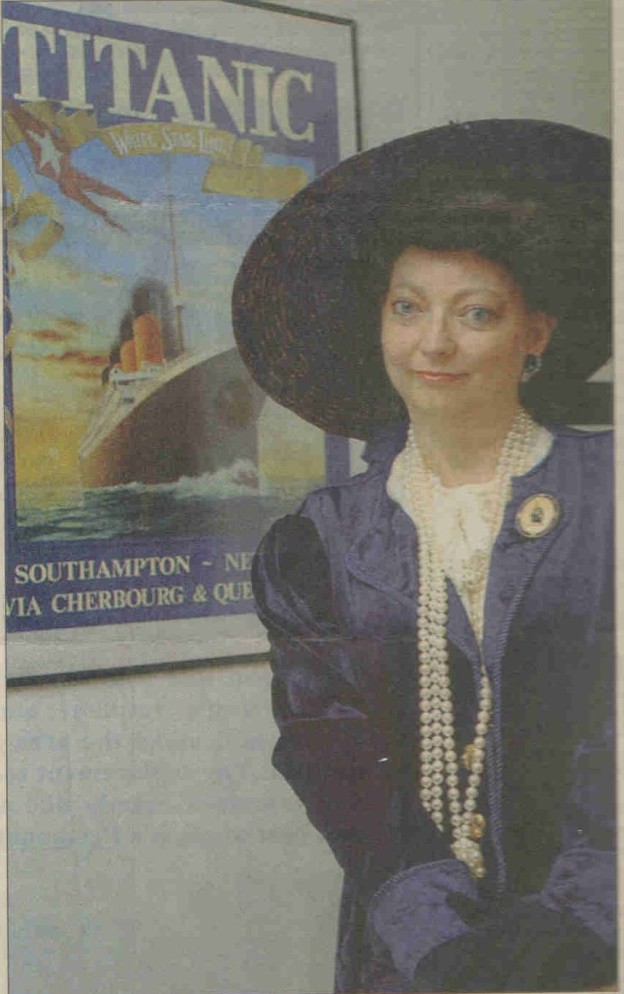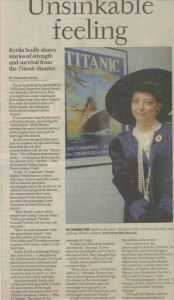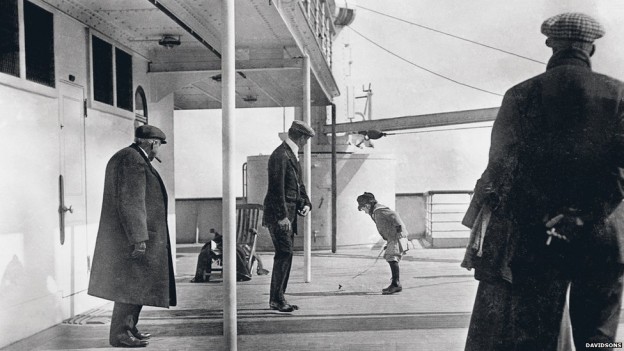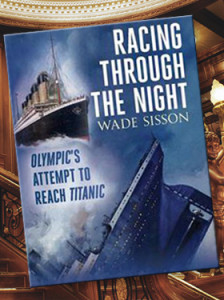- Edward Kamuda, founder of Titanic Historical Society in Indian Orchard, dies at 74
- Violin with Titanic ties fetches $1.45 million at auction
- Titanic violin draws skepticism from Titanic Historical Society
- Billionaire launches plans for Titanic replica to set sail in 2016
- Family Tree: Titanic column on Springfield links to the great disaster of 1912 draws reader response from around the world
SPRINGFIELD – Edward S. Kamuda, who founded the Titanic Historial Society in Indian Orchard, died at his home Sunday after a long illness, the society announced Monday. He was 74 years old.
Kamuda and five others founded the Titanic Historical Society on July 7, 1963 in Indian Orchard.
As president, he watched its membership grow to several thousand people from around the world and the organization became one of the leading organizations for researching the Titanic and documenting the lives of the doomed vessel’s passengers and crew.
The Titanic struck an iceberg on the night of April 14, 1912, killing 1,517.
“If it weren’t for Edward Kamuda, much of the information we have today on Titanic wouldn’t exist,” says Karen Kamuda, THS vice president and wife of Edward.
The historical society’s home office was humbly located in the rear of Henry’s Jewerly on Main Street in Indian Orchard. The store is located across the street from the former Park Theater, where as a teen, Kumuda’s lifelong interest in the Titanic was first piqued with the 1953 movie “Titanic” starring Clifton Webb and Barbara Stanwick.
He began tracking down the remaining survivors and sending them letters. Many would write him back and share their recollections of the voyage and the night of the sinking.
As he told The Republican in a 1993 interview “”I was so lucky I got a hold of them when I did. Most of them are gone now.”
Over time, the society would work closely with Dr. Robert Ballard in the search of the ocean floor that in 1985 would eventually locate the wreckage of the ocean liner. He would also be a vocal opponent of efforts to salvage items from the Titanic site, equating it with grave robbing….MORE

